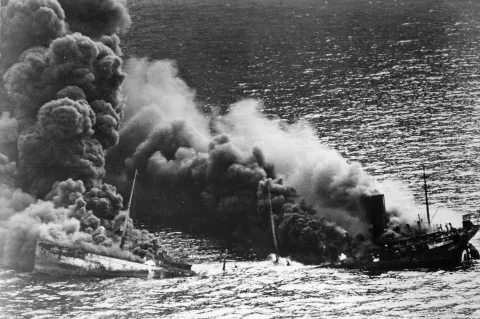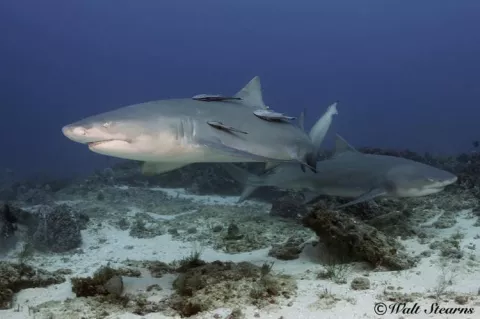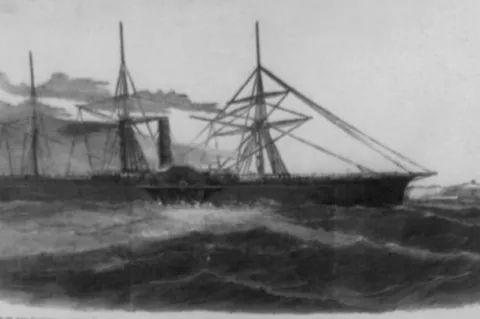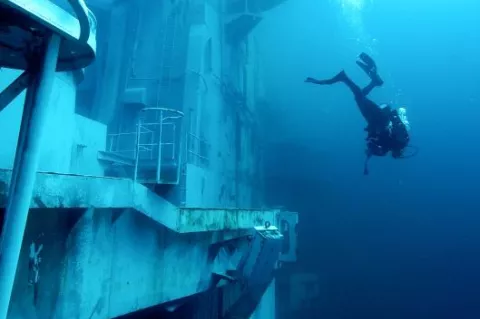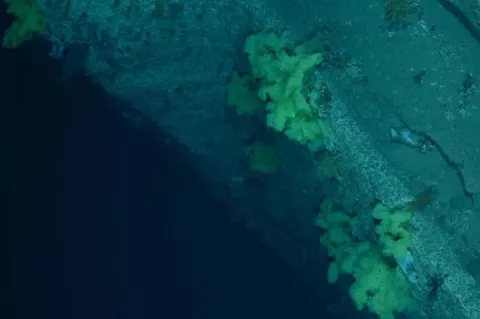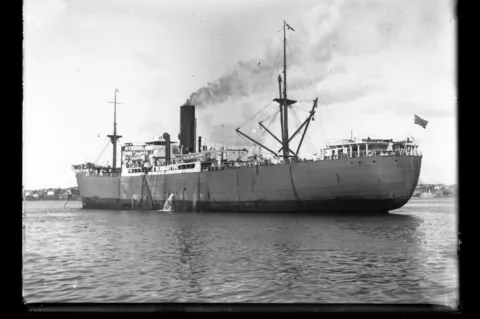Proposed expansion of Monitor Marine Sanctuary met with opposition
Now limited to the area off Cape Hatteras where the Civil War ironclad USS Monitor sank in 1862, the proposal is to extend NOAA’s Monitor National Marine Sanctuary to include ships sunk in what is known as “Torpedo Alley.” About 1,200 U.S. servicemen lost their lives in shipwrecks off the North Carolina coast – about half the total who died at Pearl Harbor.

